Sage is one of the most commonly used spices in the kitchen. If you run out of Sage, however, that can be a problem. Well, not really – because you can always use a Sage substitute.
We use spices and condiments in all types of recipes because they can make dishes more delicious. So, no, we simply can’t leave them out, right?
Since Sage has an earthy (almost woody) taste that gives hints of pine-like flavor, its substitute should possess similar characteristics. With the 17 Sage substitutes listed below, you never have to worry about messing up your recipes.
More...
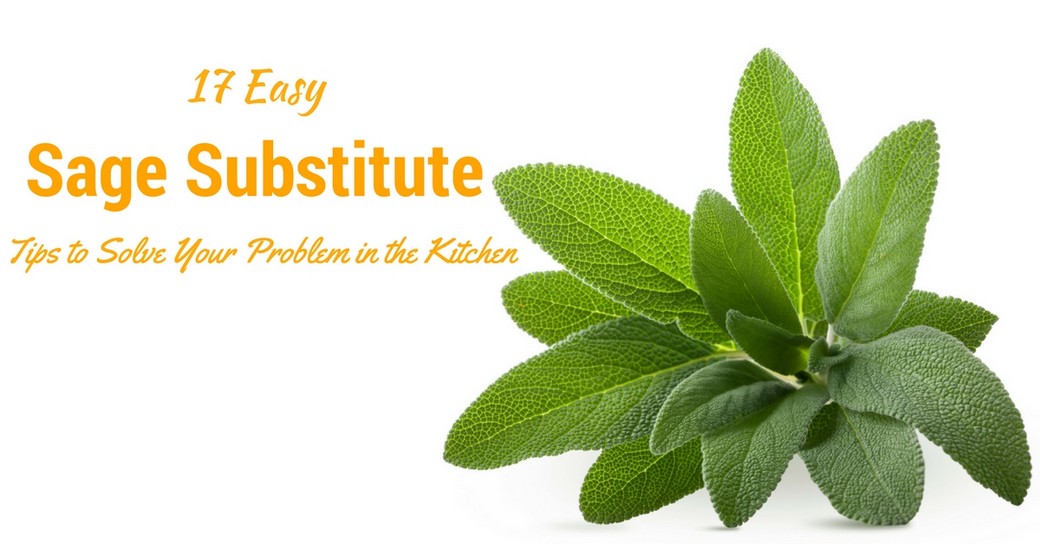
Sage Substitute
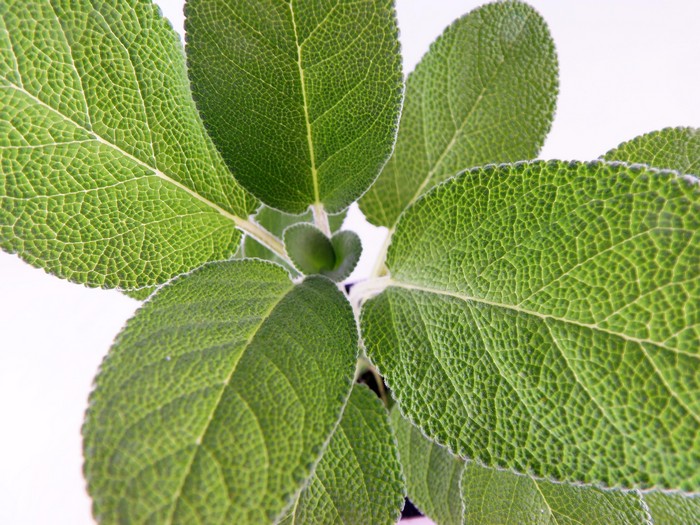
Sage Substitute Via thebalance
This early on, I want to point out something that’s so obvious that you might overlook it. It’s a fact that the best substitute for Sage is – well, Sage
You see, Sage comes in different forms (just like tarragon and tarragon alternatives). Sage is available in the form of fresh leaves, dried leaves, and powder (or ground). While there are differences in the intensity of flavors from Sage leaves to ground Sage, the overall taste is the same
Therefore, you can interchange the use of fresh, dried and powder Sage without really affecting the taste of your dish. However, you have to use the right proportions, so as not to ruin the taste of your recipe
As your guide, keep in mind the general rule that fresh herbs have milder tastes than dried and ground spices. So, if a recipe requires for 1 tablespoon of fresh Sage, you can substitute this with 1 teaspoon of dried Sage. And if all you have around is ground Sage, you can use just ½ teaspoon of this, as powder Sage is more concentrated (and has a really strong flavor)
If you’re looking to substitute for rubbed Sage, note that its flavor is just as intense as dried Sage leaves – just a bit more flavorful. You see, rubbed Sage is literally dried Sage leaves that have been “rubbed” – this process is used to release its flavor better
Thyme Substitute
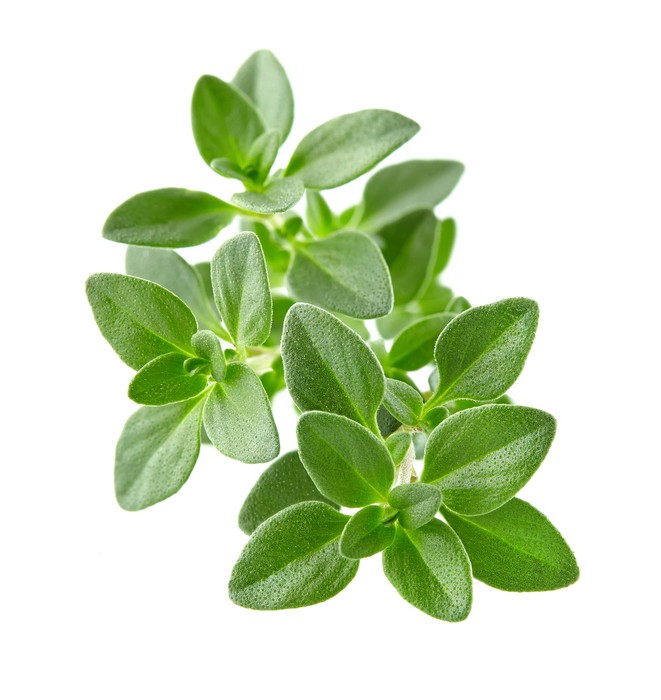
Thyme Substitute
The overall flavor of Thyme can be described as woodsy (just like Sage). Compared to Sage, however, it’s a bit salty – that’s why you should use less salt when you include Thyme in the ingredients
Compared to Sage, the presence of Thyme is more overpowering. For this reason, use it sparingly as a replacement for sage
Another thing to remember when using Thyme in recipes is that it should be added early on in the cooking process (most spices are added near the end). You see, Thyme needs more time to release its flavor – therefore, adding it late will hold back its full taste
As a herb similar to Sage, you can also use Thyme in meat (see video), fish, pasta, and vegetable dishes
Garlic Thyme Steak with Smoked Tomato Relish Via Food Network UK
Rosemary Substitute

Rosemary Substitute Via kindersoaps
If you are into using spices, you surely have Rosemary in your kitchen and are using it regularly. This particular spice works best with chicken, fish and meat recipes as well as in salads, sauces, soups, and dips
Since it has a pine-citrus flavor, it can take on the place of Sage when a recipe calls for it. However, keep in mind that Rosemary has a milder taste compared to Sage – you can, therefore, add more of this herb than if you were to use Sage
Marjoram Substitute
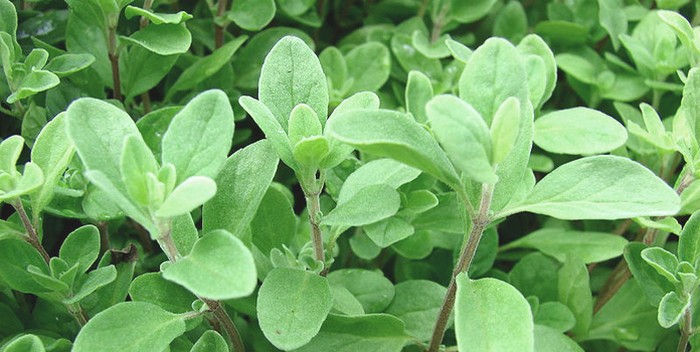
Marjoram Via nutrawiki
When thinking about a substitute for Sage in a recipe, ask yourself, “What does Sage taste like?” And then, think of an ingredient that somehow carries the same taste or flavor
In the case of Marjoram, you can use it because of its pine-like qualities (like Sage). But since it belongs to the family of Mint, it carries a stronger flavor compared to Sage. Keep that in mind and remember to use less than the amount needed if you were to use Sage
It’s actually beneficial to use Marjoram, not just as a Sage substitute, but for its overall health benefits. This humble spice is loaded with Vitamin C, Vitamin A, Iron, and Calcium. It also carries antiviral, antifungal, and antiseptic properties
Needless to say, Marjoram makes for a great substitute for Sage. In fact, those who are allergic to Sage can still enjoy their food because of this herb
Basil Substitute
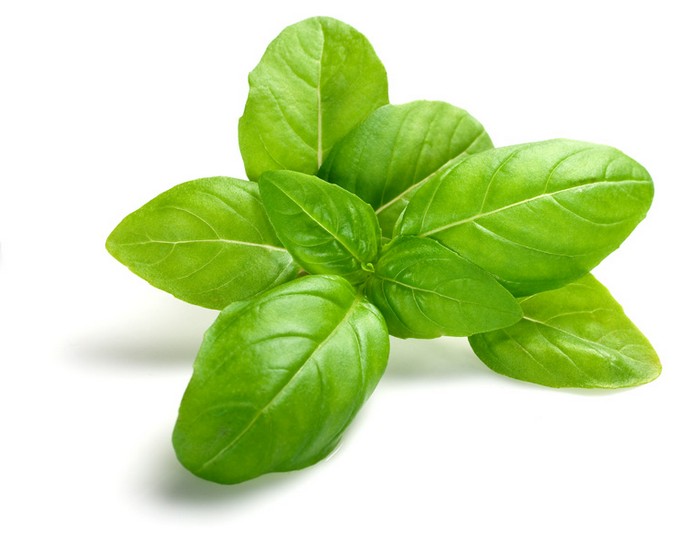
Basil Via gourmetgarden
Basil is such a versatile type of spice that it’s usually used as a substitute for Sage, Thyme, and Oregano. If you are a Basil fan, you will always make sure that you have this herb in the kitchen
While the scent of Basil has the hint of cinnamon, its overall taste is woodsy – like Sage. But since its flavor is more toned down than that of Sage, more will be required in a recipe that’s supposed to be asking for Sage.
Just like Sage, Basil is also commonly used in meat, fish and pasta dishes. In fact, dishes that use tomato, garlic, and lemon will also taste better when Sage or Basil is added. So, yes, Basil makes for a great substitute for Sage in meatloaf and other types of recipes.
Oregano Substitute
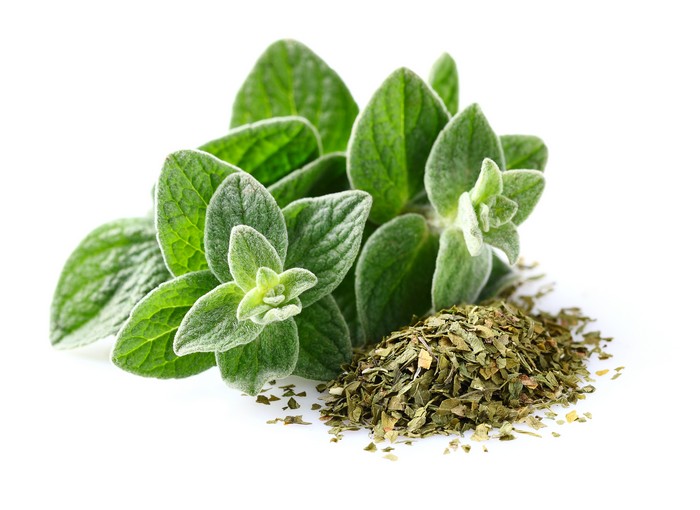
Oregano Substitute
Oregano has the citrusy and bitter taste that’s quite similar to Marjoram. And as you already know, you can use Marjoram in recipes that call for Sage. So, if you don’t have Sage and also don’t have Marjoram, you can use Oregano instead
Compared to Sage, Oregano has a bolder and stronger taste. That’s why you should only use a small amount of this herb as a replacement for Sage
By itself, Oregano is a popular ingredient for pasta and sauces (see a video for recipe) – it can even make the taste of Chili more exciting. The good news is that this is a medicinal herb and is, therefore, good for your health. It is known to carry antifungal and antibacterial properties and is a popular treatment for coughs and colds.
Pasta With Fresh Tomatoes, Olive Oil, Oregano & Basil : Fresh Flavors Via cookingguide
Mint Substitute

Mint Via eatsomethingsexy
Because of its minty characteristic, Mint can replace Sage in many recipes. It also carries hints of pine-like flavors which will make you think of Sage when you recognize it in a dish.
Savory dishes that require Sage can get away with using Mint, so you really don’t have to trouble yourself to get the real thing. You can even use Mint as a substitute for Sage in stuffing recipes and no one will notice the difference.
Summer Savory Substitute
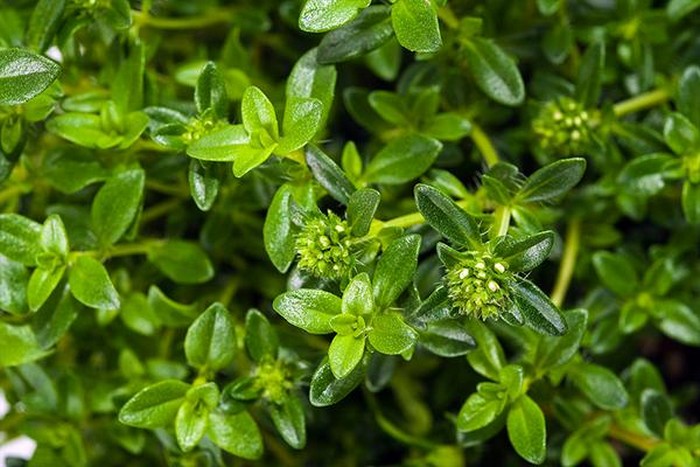
Summer Savory Via extension
Summer Savory is a type of herb that’s always compared to Sage, Marjoram, and Thyme in taste. So, yes, you can use it as a Sage substitute
While Summer Savory has spicy and minty flavors (you’ll get hints of mint in Sage, too), its overall taste is mild – as compared to Sage, that is. You, therefore, need to add more of this ingredient in your recipe if you’re using it as a replacement for Sage.
This type of herb is best used in meat, eggs and vegetable dishes. If you are preparing such recipes and suddenly realize you’re out of Sage, Summer Savory can always come to the rescue.
Winter Savory Substitute
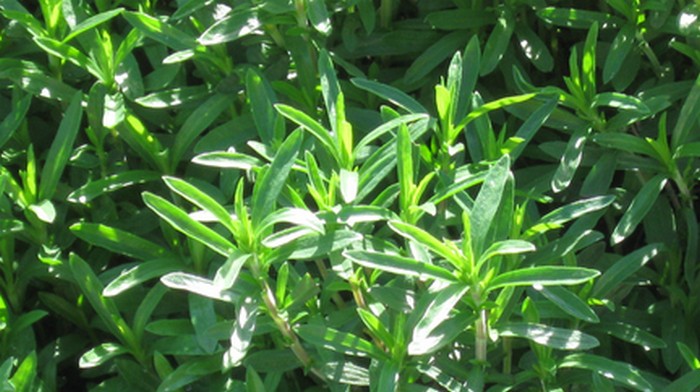
WINTER SAVORY Via itsaboutthyme
Winter Savory is a cousin herb of Summer Savory – they have similar tastes (but not the same). Like Summer Savory, its flavor can also be compared to Marjoram and Thyme (which are both acceptable as Sage substitutes).
Compared to the Summer variety, which has the minty flavor, Winter Savory has a stronger taste – it’s more peppery than minty. And so, if you’re going to use this to replace Sage in your recipe, make sure that you only use about ½ of the needed amount for Sage.
Mint and Parsley Substitute
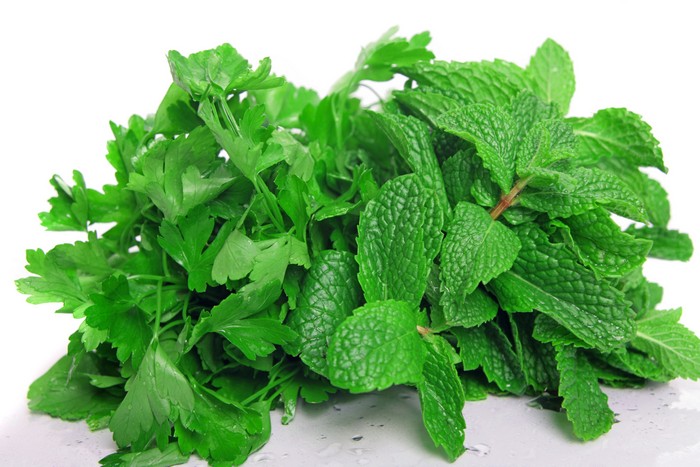
Mint and Parsley
“What can I substitute for sage?” Have you asked yourself that question when you realized that your Sage bottle is empty (and your recipe required its use)?
Well, next time, look around – if you have Mint and Parsley, you can use a combination of those spices to recreate the flavor of Sage.
Remember that Sage carries a pine-like flavor that’s minty in taste. However, the Mint spice itself is quite strong – but combining it with parsley will tone down its overall flavor.
To use this technique as a substitute for Sage seasoning, mix 1 part of Mint to 6 parts of Parsley. And to make sure that the combination of spices can really spread in the dish that you’re preparing, add the spices early on in the cooking process.
Thyme and Marjoram Substitute
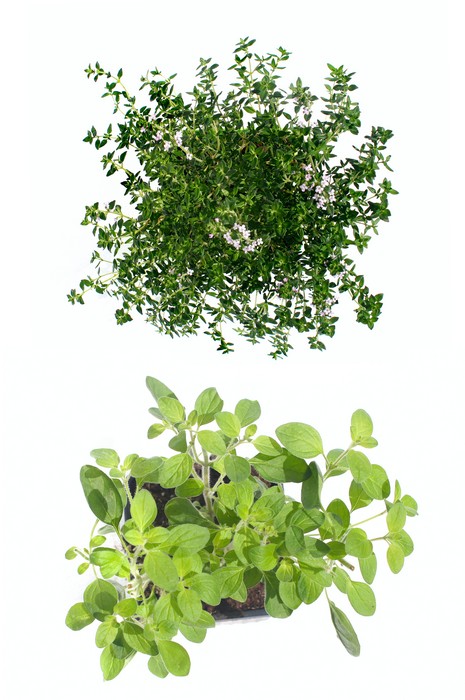
Thyme and Marjoram
Just as you can combine Mint and Parsley to create a mixture of herbs that would replace Sage, you can also Thyme and Marjoram. As mentioned above, these 2 spices can replace Sage on their own – but combining them will result in another variety that’s also tasty.
For this combination, you can use 2 parts of Thyme and 1 part of Marjoram. The reason for the proportion is that Marjoram has a stronger taste than Thyme. When used in the right amount, this mixture will create the impression that Sage is used in the recipe.
These 2 herbs can really bring out the taste in your dishes. This combination of spices is so good, in fact, that you might want to include them in your recipes even if you have Sage around.
Poultry Seasoning Substitute
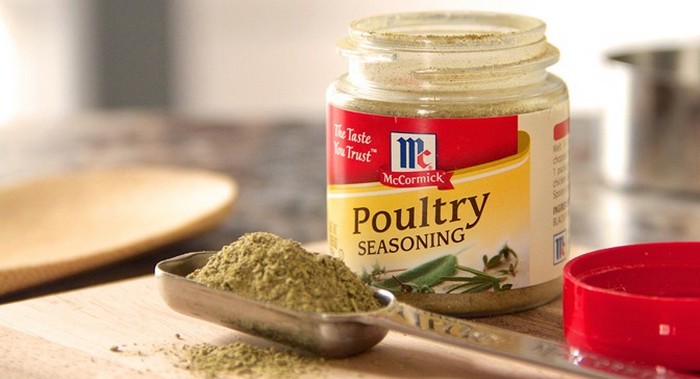
Poultry Seasoning Via mccormick
Although it’s called Poultry Seasoning, keep in mind that you can use this mixture of spices for a wide variety of recipes (yes, including meat). And since it contains Sage as one of its main ingredients, you can use this seasoning when you accidentally run out of Sage.
Just don’t use too much of this seasoning, however, as it contains other spices that may not be suitable for the type of dish that you’re preparing. It is particularly high in Nutmeg flavor, so using too much can ruin the taste of a dish that doesn’t really require the presence of nutmeg.
When used sparingly, Poultry Seasoning can really help enhance the flavor or your recipes. After all, it contains other flavorful and aromatic spices that will complement any dish.
Recreate Poultry Seasoning Without Sage
If you’re regularly using Poultry Seasoning to replace Sage in some of your favorite recipes, you might as well know how to recreate this special blend of ingredients. Again, let’s assume that you don’t have Sage in your pantry but have other spices to make up for it.
To recreate Poultry Seasoning, combine the following spices:
- Dried Thyme – 1 tablespoon
- Dried Rosemary – 1 tablespoon
- Dried Marjoram – 1 tablespoon
- Dried Basil – ½ tablespoon
- Dried Parsley – ½ tablespoon
- Pepper – 1/8 teaspoon
- Nutmeg – 1/8 teaspoon
The recreated Poultry Seasoning above can be your go-to seasoning whenever you need to use Sage in your recipes. It’s like using Sage and other flavorful ingredients in your dishes. To watch a video on how to make a variety of Poultry Seasoning, click here.
How to Make Homemade Poultry Seasoning Via TheOfficialHungry
Italian Seasoning Substitute
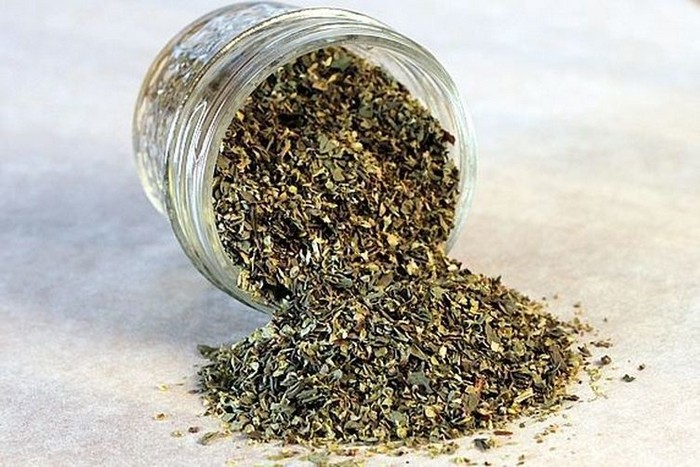
Italian Seasoning Via food52
Using Italian Seasoning as a replacement for Sage works the same way as when you use the Poultry Seasoning technique. These are effective substitutes for Sage because they contain Sage.
Aside from Sage, Italian Seasoning also contains high amounts of Basil and Oregano (which, again, can be used as Sage substitutes). It does carry some Red Pepper spices – which gives the seasoning a distinct taste. So, keep that in mind and use this seasoning sparingly in recipes that need a little bit of kick.
Sprig of Herb Substitute
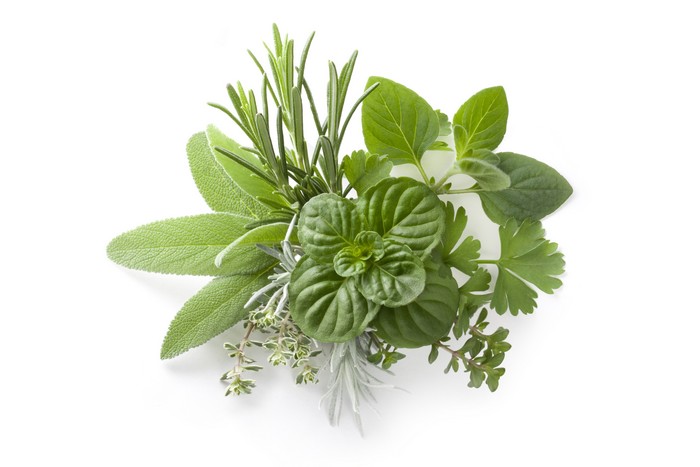
Sprig of Herb
A sprig of herb refers to a few cuttings or branches of fresh herbs. This may seem a lot, but always remember the rule that fresh herbs have milder tastes compared to dried herbs. It is, therefore, safe to say that a sprig of fresh herbs that has 2 to 4 pieces of branches is equivalent (in taste) to about half a teaspoon of dried herbs.
Since you can use Basil, Rosemary, and Parsley as substitutes for Sage, you can use sprigs of these herbs as well. Just remember that these should be removed from the dish after cooking as the taste of branches can prove to be strong when kept in the dish for too long (they will continue to release their flavors).
Carrot Tops Substitute
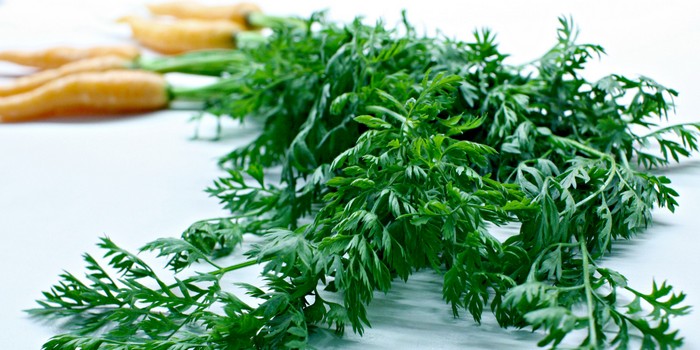
Carrot Tops Via huffingtonpost
The green sprouts that grow from the stem of a carrot can be used as the replacement for Sage when it’s the only thing that’s available in your kitchen. This has a plant-like taste that’s quite bitter, but it’s not too overpowering. If you have Thyme around, combining the 2 would be even better.
For this particular technique, you need to chop the carrot tops in small pieces. Carrot tops are now popularly used as toppings and garnishing – just like other types of herbs.
Kale, Arugula, and Cilantro Substitute

Kale, Arugula, and Cilantro Via goldenearthworm
Although Kale and Arugula are more of vegetables (in the Cruciferous family) than herbs, they can be used as spices when combined together – especially with Cilantro (also called Coriander). Here’s the recipe:
- Fresh Kale – ½ cup chopped finely
- Fresh Arugula – ¼ cup chopped finely
- Fresh Cilantro – 1/8 cup chopped finely
Mix all the above ingredients together and you will have a mixture of vegetables and herbs that can replace Sage in your recipes. If you notice, the mixture almost measures 1 cup – when Sage and spice requirements usually call for small amounts.
Remember, fresh ingredients have milder tastes than dried and powdered varieties. And so, in this particular case, you really can use more of the mixture as a tablespoon or so of pure dried Sage is bolder than this.
What’s Your Favorite Sage Substitute?
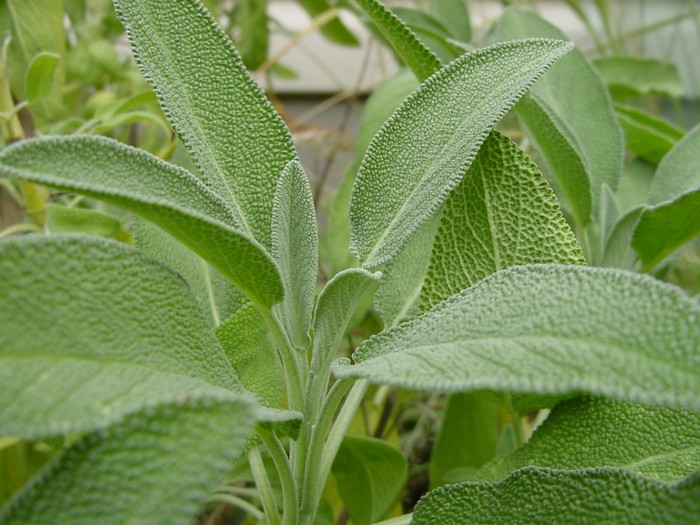
Sage Substitute Via earthnworld
As you can see, it’s not really a big deal when you suddenly find yourself out of Sage in the kitchen – you can always improvise! To play it safe, however, it would be wise to always stock up on this type of herb (especially if it’s one of your favorites).
To make sure that you always have Sage, you can stock up on the different forms of Sage in your pantry. You know, the ground, dried, and rubbed varieties – this way, you will always have this type of spice around in the kitchen.
You don’t have to stress yourself out when using 1 form of Sage to substitute for another form of Sage. You really don’t need to concern yourself about how much ground Sage equals one leaf of Sage. All you really need to remember is that ground or powdered spice is always more flavorful than fresh herbs.
The ground variety is about 2 times more intense than dried leaves, and dried leaves are about three times more intense than fresh herbs. How much ground sage equals fresh sage? If a recipe calls for 1 tablespoon of fresh Sage, you can substitute this with ½ teaspoon of ground sage – simple as that.
Please, don’t complicate things too much such as being problematic on how many sages leaves in a tablespoon. There are no hard and fast rules to such issues as spices are always used sparingly anyway. You don’t need to literally count leaves to create the perfect dishes. Just remember that they’re very flavorful and a little goes a long way.
So, tell me, what’s your favorite Sage substitute from among the list above? If you have other suggestions, don’t forget to share your thoughts in the comments section below. Fellow herb lovers would surely like to know which types of spices can substitute for other ingredients as this makes cooking more fun and exciting.
Come on now, let’s get cooking!
If you love sage substitute, you may interest in masa harina substitute ingredients.
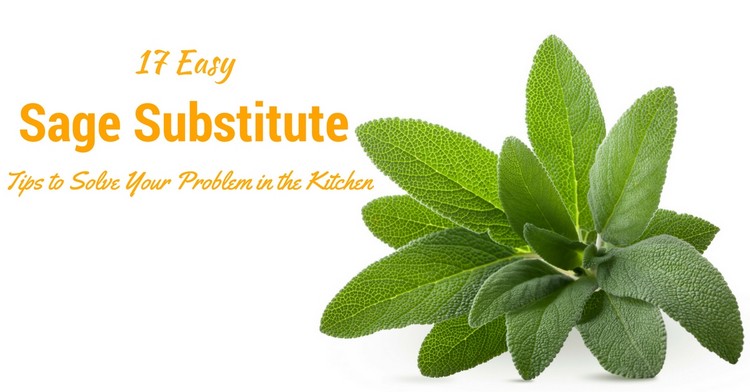
Leave a Reply